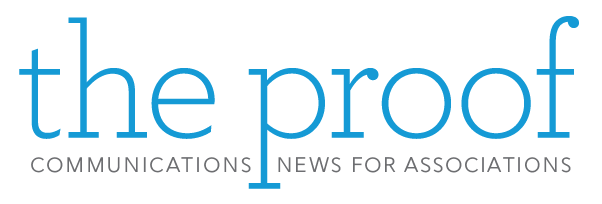While most associations develop a new strategic plan every three to five years, those that have not created a new plan since 2019 or early 2020 may want to move up the timeline for the next plan – even if an annual review of the plan with minor adjustments has occurred.

According to one author, the disruptions of 2020 and 2021 provided challenges that associations had to address on the fly. While uncomfortable while it was happening, the lessons learned and data gathered from that experience can help create a strategic plan that better positions the organization to handle future disruptions.
Taking these steps as part of the strategic planning process will result in a plan for a resilient, flexible, proactive organization:
- Reassess operations, especially the need to ensure that the association’s technology can handle the new demand related to a remote or hybrid staff, increased use of virtual meetings, and greater interest in online services.
- Address programs and services that are undervalued or low performing. Be ready to move away from traditional offerings that members no longer use or use sparingly. This frees resources to offer new programs that reflect member needs.
- Use data collected throughout the past few years to track engagement, program usage, and profitability. Incorporating a data strategy into the planning process ensures equitable evaluation of services and programs and enables the board to base decisions on solid information.
Another article includes some tips on how to start the strategic planning process:
- Establish a clear and collectively understood process that includes a timeline. Depending on the size and resources of the organization, a planning process can last from several months to a year.
- Establishing a research-centric situation assessment. In addition to operational trends, stakeholder sentiments, staff insights and economic, social, and political trends for the industry served by the association should be included in the assessment.
- A clear and powerful performance evaluation is the most often overlooked component of a strategic plan. Identify what, when, and by whom performance of the plan will be evaluated. Describe how the organization can refine or adjust the plan in response to a changing environment.
Ensuring development of an effective strategic plan requires the recognition that the plan is not a static document but is a dynamic guide that leaders can use to set and adjust the association’s course as changes occur.










